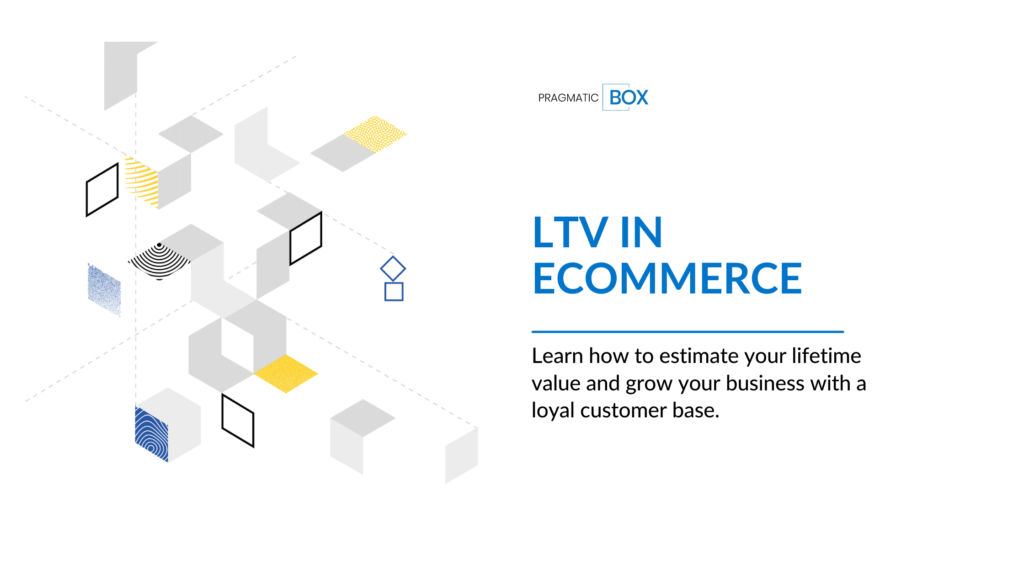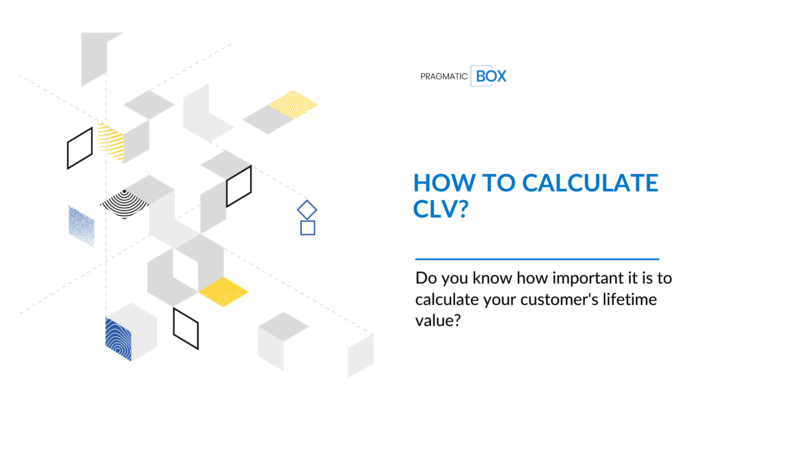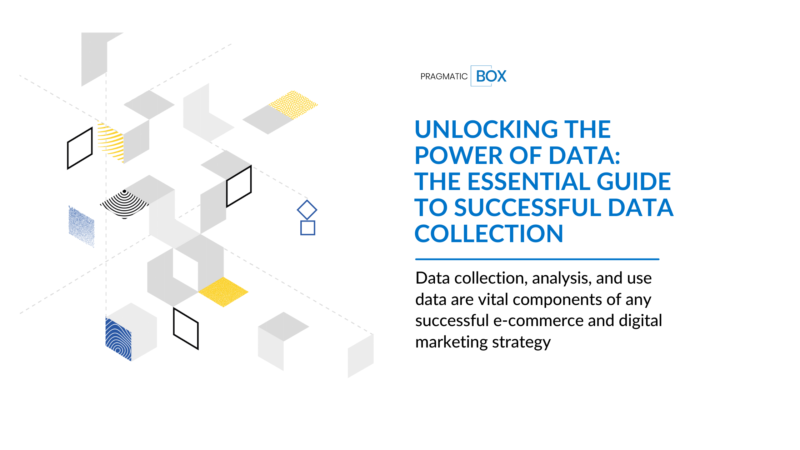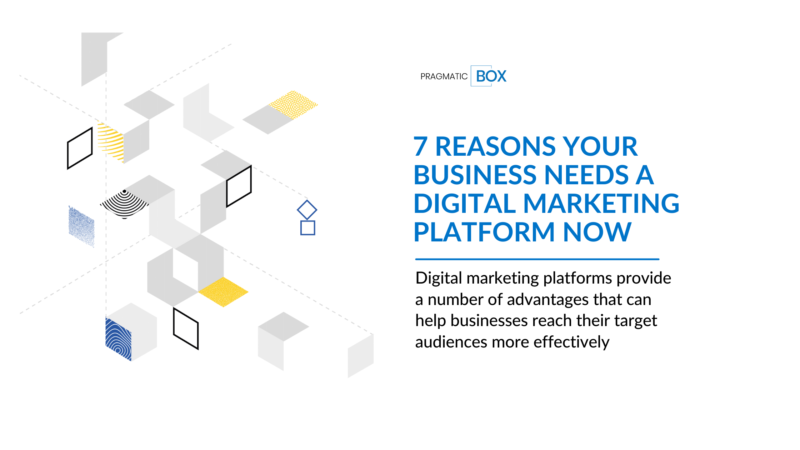In eCommerce, your Lifetime Value (LTV) is the metric that tells you how much revenue a customer will generate over the course of their relationship with your brand. Obviously, you want this number to be as high as possible – but what goes into calculating it? And more importantly, how can you increase it? Read on to learn more about LTV in eCommerce and what you can do to improve it.
LTV and how it’s used in eCommerce
Lifetime Value (LTV) is a metric used to measure the total value of a customer to a business. It can be thought of as the estimated monetary return associated with each individual customer over the period of their relationship with that business. This metric takes into account all revenue sources such as up-sells, repeat customers, and clv (customer lifetime value). LTV is primarily used in eCommerce, where businesses can use it to determine which customers are most valuable, and focus their efforts on retaining those customers. LTV also helps eCommerce businesses assess the risks associated with acquiring new customers by pinpointing how much money should be spent on marketing and advertising campaigns for them to be profitable in the long run.
How to calculate LTV for your business
Calculating the lifetime value (LTV) of your customers is an important method for understanding how to best grow your business and maximize long-term revenue. It provides an accurate view of customer profitability and helps identify opportunities to improve customer experience, loyalty, and acquisition strategies. There are many different methodologies for calculating it that are dependent on unique factors such as type of pricing model, time frame of analysis, and target market – it is a good idea to consult a finance expert before making any major decisions. While the method can vary depending on what you ultimately hope to achieve, establishing an accurate LTV is essential in order to make well-informed decisions that can unlock further growth potential.
To calculate the customer lifetime value for each of your customer segments, you’ll need to track down three key pieces of data within your pre-established timeframe: average order value, purchase frequency, and customer value. Example from our Ecommerce Manager Dashboard:

The benefits of having a high LTV
Having a high customer lifetime value (LTV) is becoming increasingly important for businesses of all sizes. Investors and customers recognize that higher LTV rates are associated with better customer experience, stronger performance, and improved sustainability over the long-term. Companies with a high LTV rate can also build strong relationships and trust with their customers as they deliver on their commitments. As such, businesses should strive to improve their LTV rate in order to benefit from these advantages and cement lasting connections with their customers.
Ways to increase your LTV
Increasing the lifetime value (LTV) of each customer is essential for the long-term success and stability of any business. This can be achieved in a variety of ways, such as improving customer service and experience, creating an upselling system, developing loyalty programs, offering customized discounts, retaining customers through automation and personalization, measuring customer feedback to find areas of improvement, and optimizing the user journey. By investing in these strategies and creating a reliable plan to increase your LTV, your business can benefit significantly by gaining loyal customers in the long run.
Why it is important for eCommerce businesses
LTV, or lifetime value, is a vital metric for any eCommerce business looking to plan out successful market strategies. It measures the amount of money each customer brings to the business over time and helps to accurately predict revenue growth and adjust marketing strategies accordingly. This metric analyses consumers’ purchase behaviors and product history, enabling businesses in the eCommerce sector to better understand customers’ needs and provide them with more personalized experiences resulting in better customer retention rates. By taking into account LTV measurements when making marketing decisions, businesses can find success by targeting a valuable consumer base that will stick around for the long haul.
How to use it to improve your bottom line
Maximizing Customer Lifetime Value is a critical point in improving the bottom line of your business. By using tools such as customer segmentation, engagement analysis, and predictive modeling you can identify customers who are likely to provide the most value to your business over time. Once identified, it’s important that your business invests in these customers through targeted promotions, improved service efforts, and tailored product offerings. This helps to build loyalty and strengthen the relationship with these customers resulting in increased revenues over time. Enhancing the LTV of your customers can have an immediate and drastic impact on the bottom line of your business – increasing profits and ultimately creating more successful long-term relationships between you and your customers.
The lifetime value of a customer, or LTV, is a metric that eCommerce businesses use to gauge the profitability of their customers. LTV can be used to inform marketing and sales strategies with the goal of acquiring and retaining high-value customers. A business with a high LTV will have more room for error when it comes to acquisition costs because they know that each new customer acquired has the potential to bring in substantial revenue over their lifetime. There are many ways to increase your LTV, from improving your product offering to increasing customer loyalty and retention rates. No matter what strategy you choose, focusing on increasing your LTV is sure to improve your bottom line. If you want easy access to calculated LTV data see our Ecommerce Manager Dashboard today.




